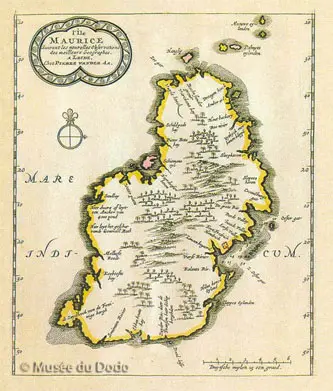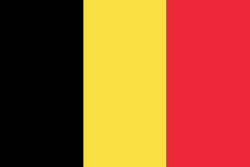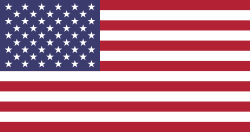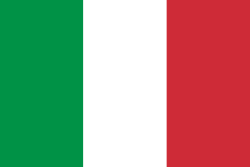Mauritius and its sugarcane plantations as far as the eye can see.
A few miles from Madagascar, the ruby-colored island rises majestically. From there come these small, delightful, and fragrant pearls.
Mauritius, a tropical paradise
In an exotic environment of flamboyant trees and coconut palms, the picturesque peaks of the mountains of this small land seem to emerge from a distant blue. This land would become Mauritius, named by the Dutch in 1598 after Maurice of Nassau, Stadtholder of Holland.
History of Mauritius
It is part of the Mascarenhas archipelago, discovered by the Portuguese navigator Pedro Mascarenhas in the early 15th century. Mauritius was highly valued and sought after by sailors. It was the key to the trade route to India and provided provisions and shelter to all merchant ships navigating the ocean. It became British in 1810 and remained so until its independence in 1968.
Mauritius and sugar, a great love story.
The cultivation of sugarcane began there around 1638. The Dutch, settled in Java and focused on the spice trade, sent a contingent to exploit the natural resources and, above all, to prevent the English and the French from settling there. Later, the Frenchman Dufresne d'Arsel arrived on the island in 1715, took possession of it, and named it 'Île De France.
Mauritius: A land as generous as its sugarcane.
The sun, aided by the sea winds sweeping across this rock in the middle of the Indian Ocean, gives us this treasure: raw cane sugar, the very one that ILANGA NATURE wishes to introduce to you today.




